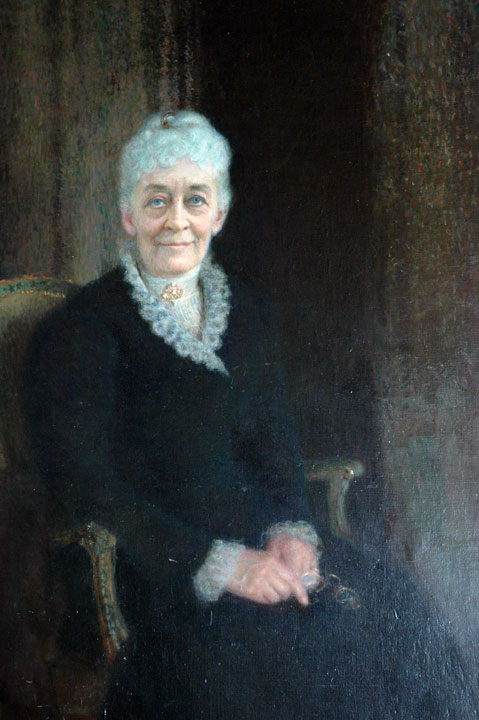
We’ve spent most of this week looking at the good that Mrs. Russell Sage did for two well-known institutions for the education of women, the Emma Willard School and Russell Sage College. But that wasn’t her sole focus.
Rensselaer Polytechnic Institute (RPI) was founded in 1824 as the first school of science and civil engineering, and so it remained into the 20th century. There was recognition of the growing importance of mechanical and electrical engineering (where local rival Union College had something of a jump on RPI), but many of the old school (so to speak) insisted that civil engineering covered all the branches other than military, that the school had always focused on civil engineering and always should. That would have ignored the realities of an ever-more-complex industrial world, but starting instruction in entirely new disciplines would require resources.
RPI President Palmer C. Ricketts went hat in hand to Mrs. Sage, just months after the death of her multimillionaire husband, and asked for a cool million to create the Russell Sage School of Mechanical Engineering. The answer wasn’t long in coming; acknowledging both her and her husband’s ties to Troy, and the fact that a nephew had graduated from the Institute, she granted the request in January 1907. With that success, RPI began formal programs in mechanical and electrical engineering, and resolved that this “would be a long step towards changing the school into a true polytechnic institute.
Of her gift, $300,000 was used to build the Russell Sage Laboratory, which opened in 1909. Ricketts wrote, “Like all the other new buildings, except the Club House, it is constructed of Harvard brick with Indiana limestone trimmings and fireproof floors. The interior layout of the east wing with its machinery was made by Dr. W.L. Robb, who had been the Professor of Electrical Engineering and Physics since 1902, and that of the west wing with its machinery, by Professor Arthur M. Greene, who had come to the school from the University of MIssouri, in 1907, as Professor of Mechanical Engineering.”The building was fitted with a large lectural room, a reference library, a museum, lockers, wash rooms, a construction materials testing machine, drafting rooms, recitation rooms, a steam laboratory, a hydraulic laboratory, and an internal combustion engine and refrigeration laboratory.
The remainder of the gift was put into an endowment for the Department of Mechanical Engineering, which quickly grew. Later, Mrs. Sage established two fellowships (with a mere pittance of $30,000) in memory of Russell Sage 2d, the nephew of Mr. Sage who graduated in the class of 1959. Sage Dining Hall, built in 1916, was also named in honor of this graduate, rather than the titan of finance.

Leave a Reply